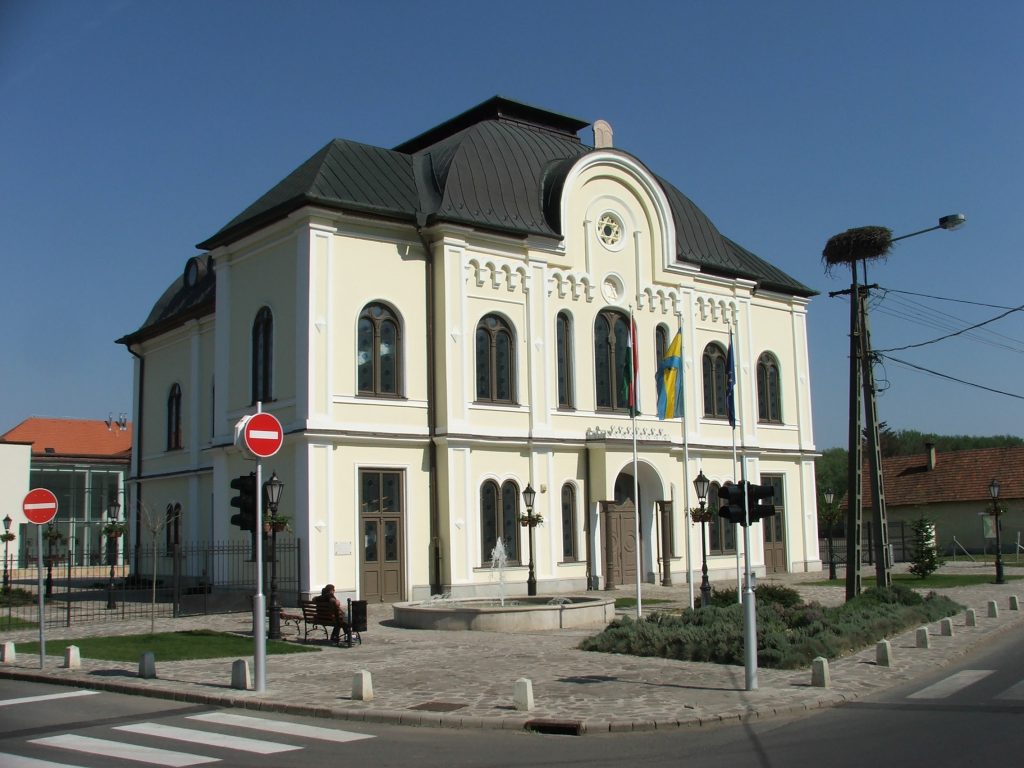In the seventeenth century, the Jews of Galicia and Silesia (modern-day Poland and Ukraine) were drawn to this region by trade in tokaj, a syrupy, amber-tinted wine very popular at the courts of Louis XIV and Peter of Russia.

Jews gradually settled here, producing wine for Jews and non-Jews alike, and a crowd of other small trades followed subsequently. In this very Orthodox region, Hasidism took root and Jews here resisted assimilation until the Second World War.
The Memoirs of Ber, Jewish merchant of Bolechów (today in Ukraine)
“Once Poniatowski (the local count) said to Saul: “I should like to send someone to Hungary to buy me a considerable quantity of good wine. If you know of a fellow-Jew, a trustworthy person who understands the business, I will send him. […] He accordingly decided to send my father for the wine and handed him 2000 ducats, that is 36000 gulden. He also sent with my father the tutor of his sons, in the capacity of a clerk, in order to register the purchase of the wines and the daily expenses, so that a proper account might be kept. The clerk was named Kostiushko. My father did as he requested by Poniatowski. He bought 200 casks of Tokay wine of the variety called máslás. When they both returned from Hungary and brought the wines to Stryi, Poniatowski was very pleased with the purchase; he gave my father 100 ducats for his trouble, and for keeping the accounts properly the clerk Kostiushko was promoted to be steward of our native town Bolechów…”
Ruth Ellen Gruber, Upon the Doorposts of Thy House (New York: John Wiley & Sons, 1994).
The synagogue on Achim Street, built in 1890, accommodated 1800 of the faithful. Damaged by a fire in 1999, it cannot be visited, but it is possible to explore the old Jewish quarter surrounding it: the L-shaped yeshiva, mikvah, beth hamidrash (a study room, in the small white building), and bakery (with orange walls, on the street side). The poor lived by the river’s edge, those of the middle class toward the city center.
Polisi!
In the nineteenth century, Jews acquired vineyards and got rich from industry. At the same time, the poor continued immigrating to Hungary. In 1927, Albert Londres sketched the appalling misery of these Hasidim who came from the north, scornfully labeled polisi (Poles) by the wealthy Jews of Budapest:
“The babies were dressed in shirts, their bare feet pressed against the ice… The mothers held their shawls open, revealing milkless breasts and fleshless ribs. Twice the husband of one such tried to make it down to the cities to find some bread, and twice he collapsed in the street, exhausted. In two years, misery here increased tenfold. Before the most recent peace treaties, these Jews worked three months every summer on the infamous Hungarian plain. The border separated the plain from the mountain. Hungary has refused passports to its former subjects, who have now become Czechoslovakian subjects. Three months of work was all these Jews needed to live for the rest of the year. All year long now, they will have only the meager fruit of the trees of the Carpathian Mountains!’
Albert Londres, The Wandering Jew Has Arrived. Paris: Le Serpent à Plumes, 2000). See also, The Jew Has Come Home, Trans. William Staples (New York: R. R. Smith, 1931).
Located on a wooded island in the middle of the Bodrog River, the very moving ancient cemetery is worth a visit. The scores of mossy graves here are disturbed only by ducks. The community acquired the land when Jews were forbidden to live in the city by Archduchess Maria Theresa in the eighteenth century.